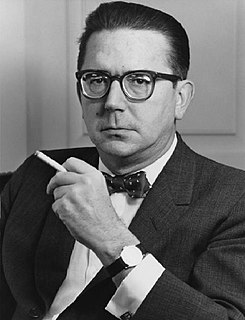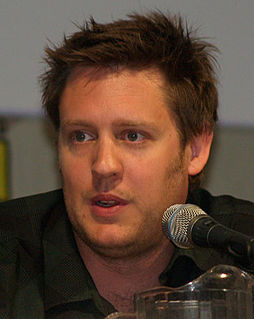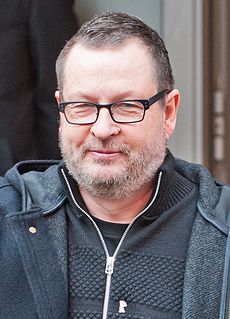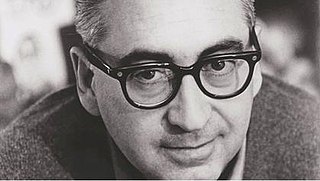A Quote by Rosser Reeves
Brand-image campaigns establish contact with the subconscious of the consumer below the word level. They do this with visual symbols instead of words, Mr. Martineau says, because the visual symbols are far more significant. They communicate faster. They are more direct. There is no work, no mental effort. Their sole purpose is to create images and moods.
Related Quotes
My favourite stuff is visual, and I always want to work with visual artwork. I think it depends on the person, but for me, photographs of an image of something interesting or inspiring is worth a lot more than words to me. I think every concept I've come up with and turned into films or that will be hopefully become a film comes from images first.
Usually in theater, the visual repeats the verbal. The visual dwindles into decoration. But I think with my eyes. For me, the visual is not an afterthought, not an illustration of the text. If it says the same thing as the words, why look? The visual must be so compelling that a deaf man would sit though the performance fascinated.
The image is a great reminder how we create our world through interpretations made up of language and symbols. Our language and symbols are always incomplete versions of a greater reality. Here is why inquiry is such a powerful tool when compared to simple advocacy. Inquiry allows us to discover what might be outside the cave instead of arguing about the shadows on the wall.
As far as stimulus from the visual arts specifically, there is today in most of us a visual appetite that is hungry, that is acutely undernourished. One might go so far as to say that Protestants in particular suffer from a form of visual anorexia. It is not that there is a lack of visual stimuli, but rather a lack of wholesomeness of form and content amidst the all-pervasive sensory overload.
I began as a graphic designer. As part of my work, I created film symbols for ad campaigns. I happened to be working on the symbols for Otto Preminger's 'Carmen Jones' and 'The Man With The Golden Arm' and at some point, Otto and I just looked at each other and said, 'Why not make it move?' It was as simple as that.
Around the time I began starving, in the early eighties, the visual image had begun to supplant text as culture's primary mode of communication, a radical change because images work so differently than words: They're immediate, they hit you at levels way beneath intellect, they come fast and furious.
What I am trying to do when I use symbols is to awaken in your unconscious some reaction. I am very conscious of what I am using because symbols can be very dangerous. When we use normal language we can defend ourselves because our society is a linguistic society, a semantic society. But when you start to speak, not with words, but only with images, the people cannot defend themselves.



































